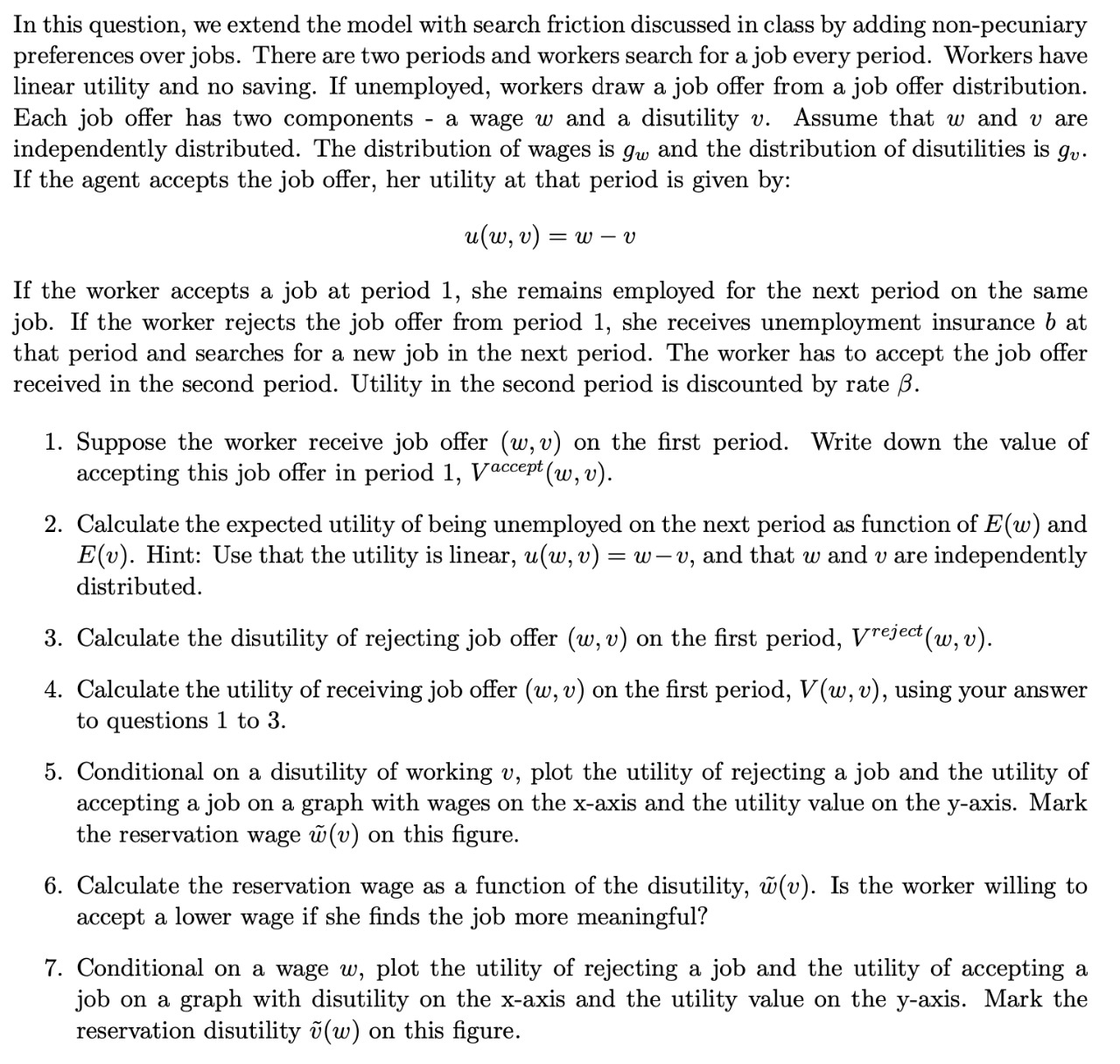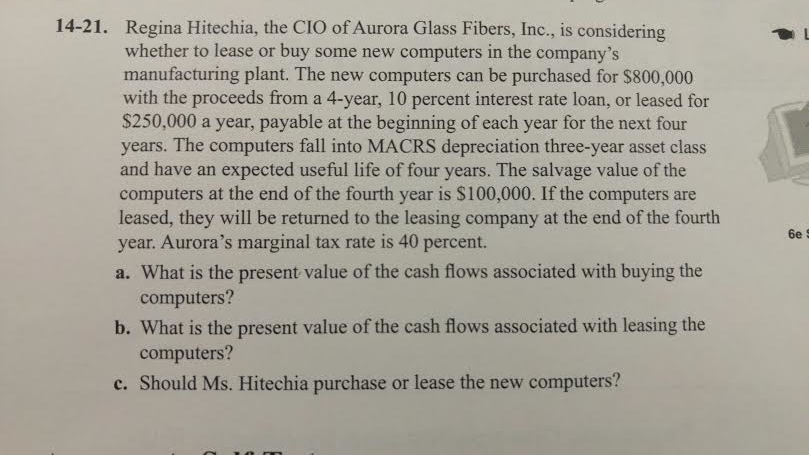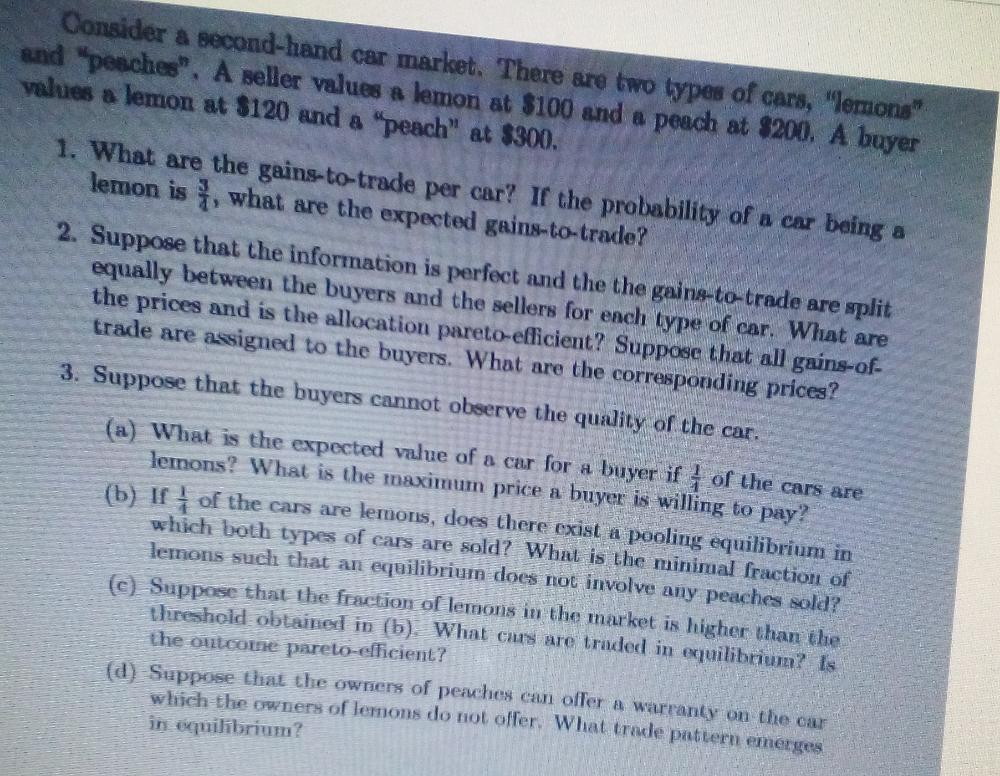


Would appreciate Correct helping this.
In this question, we extend the model with search friction discussed in class by adding non-pecuniary preferences over jobs. There are two periods and workers search for a job every period. Workers have linear utility and no saving. If unemployed, workers draw a job offer from a job offer distribution. Each job offer has two components - a wage to and a disutility 1). Assume that w and 'v are independently distributed. The distribution of wages is gm and the distribution of disutilities is g\". If the agent accepts the job offer, her utility at that period is given by: u(w,v)=w'u If the worker accepts a job at period 1, she remains employed for the next period on the same job. If the worker rejects the job offer from period 1, she receives unemployment insurance b at that period and searches for a new job in the next period. The worker has to accept the job offer received in the second period. Utility in the second period is discounted by rate ,8. 1. Suppose the worker receive job offer (110,11) on the rst period. Write down the value of accepting this job offer in period 1, V\"\"\"Pt(w, 'v). . Calculate the expected utility of being unemployed on the next period as function of E(w) and 13(1)). Hint: Use that the utility is linear, u('w, v) = 'w 'v, and that w and v are independently distributed. . Calculate the disutility of rejecting job offer (10,0) on the rst period, Vrew, c). . Calculate the utility of receiving job offer (11:, v) on the rst period, V(w, '0), using your answer to questions 1 to 3. . Cenditional on a disutility of working or, plot the utility of rejecting a job and the utility of accepting a job on a graph with wages on the xaxis and the utility value on the yaxis. Mark the reservation wage 213(1)) on this gure. . Calculate the reservation wage as a function of the disutility, 25(1)). Is the worker willing to accept a lower wage if she nds the job more meaningful? Conditional on a wage w, plot the utility of rejecting a job and the utility of accepting a job on a graph with disutility on the x-axis and the utility value on the y-axis. Mark the reservation disutility 6(a)) on this gure. 14-21. Regina Hitechia, the CIO of Aurora Glass Fibers, Inc., is considering whether to lease or buy some new computers in the company's manufacturing plant. The new computers can be purchased for $800,000 with the proceeds from a 4-year, 10 percent interest rate loan, or leased for $250,000 a year, payable at the beginning of each year for the next four years. The computers fall into MACRS depreciation three-year asset class and have an expected useful life of four years. The salvage value of the computers at the end of the fourth year is $100,000. If the computers are leased, they will be returned to the leasing company at the end of the fourth year. Aurora's marginal tax rate is 40 percent. 6e a. What is the present value of the cash flows associated with buying the computers? b. What is the present value of the cash flows associated with leasing the computers? c. Should Ms. Hitechia purchase or lease the new computers?Consider a second-hand car market. There are two types of cars, "lemons" and "peaches". A seller values a lemon at $100 and a peach at $200. A buyer values a lemon at $120 and a "peach" at $300. 1. What are the gains-to-trade per car? If the probability of a car being a lemon is , what are the expected gains-to-trade? 2. Suppose that the information is perfect and the the gains-to-trade are split equally between the buyers and the sellers for each type of car. What are the prices and is the allocation pareto-efficient? Suppose that all gains-of- trade are assigned to the buyers. What are the corresponding prices? 3. Suppose that the buyers cannot observe the quality of the car. (a) What is the expected value of a car for a buyer if # of the cars are lemons? What is the maximum price a buyer is willing to pay? (b) If ) of the cars are lemons, does there exist a pooling equilibrium in which both types of cars are sold? What is the minimal fraction of lemons such that an equilibrium does not involve any peaches sold? (c) Suppose that the fraction of lemons in the market is higher than the tireshold obtained in (b). What cars are traded in equilibrium? Is the outcome pareto-efficient? (d) Suppose that the owners of peaches can offer a warranty on the car which the owners of lemons do not offer. What trade pattern emerges in equilibrium












